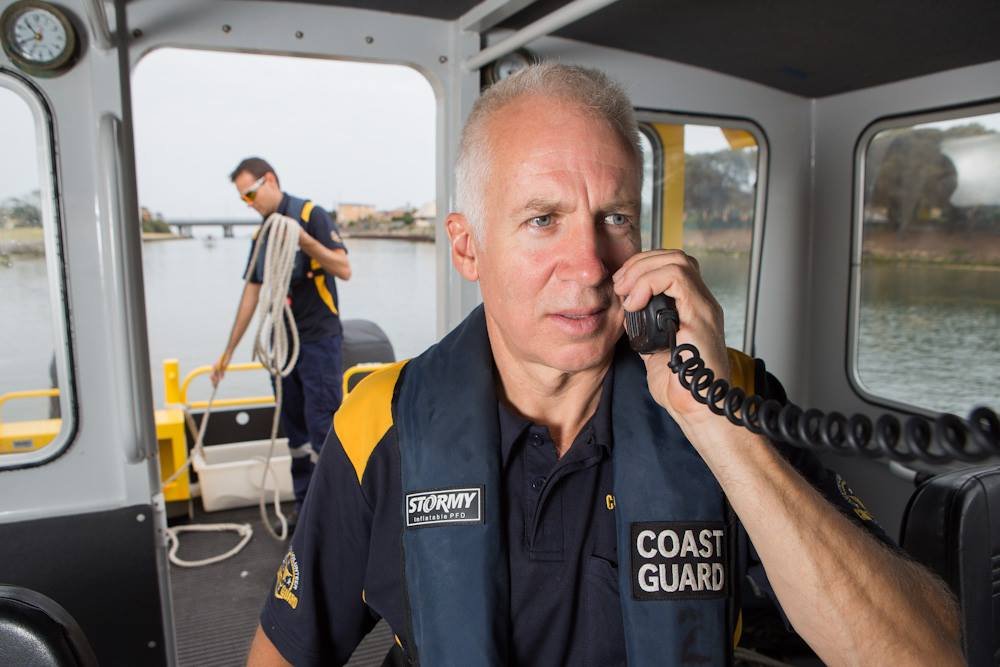A DAY IN THE LIFE OF A COAST GUARD VOLUNTEER
In any given year, Coast Guard volunteers are kept busy responding to a variety of marine incident types and rescuing thousands of people but, like many of the boaties who are lucky enough not to have required the Coast Guard’s services, I’ve been blissfully unaware of exactly how the Coast Guard go about providing their search and rescue services.
So, in an effort to learn a little more about the volunteers who keep a watchful eye on us, I caught up with electronics technician Marcus Grinblat at the Sandringham Coast Guard squadron and asked him how he got involved.
"My family had a boat and went out in that fairly often,’ he explains, "but I wasn’t particularly interested in fishing. We just happened to be off Mt Eliza and saw a Coast Guard boat go past. I was probably 8 or 9, and I thought that might be something interesting to do."
Marcus signed up as a cadet in 1971 and has been involved for nearly 50 years since, working his way up to his current role, in charge of communication for Coast Guard Victoria.
He explains that Coast Guard volunteers are expected to undertake significant industry-based training and serve a 6-month provisional term before becoming full members. Many of the land-bound radio operators even undertake sea survival courses so they understand what it might be like on the other end of the radio.
As for a typical day on the water, well, "you come on at 8 am and head off at sunset," says Marcus. "You do a bit of housekeeping, check the weather, then on the boat, really the training starts there.
Crew members run through the opening up procedure, double-check, triple-check, do an inventory of the equipment, check that it’s all working, which also reinforces where it all is if they’ve got to get it quickly.
By that time, you probably have a cup of coffee, then head out and do some training. Each member has a task book, so they’ll run through it, note the drills undertaken.
October is the busiest month because people get their boats out, they haven’t used them for a long time. The footy is finished, they think about going boating, and they get them out and they’ve got bad batteries and stale fuel."
I’m happy to hear that the majority of call-outs are not for yachts, who Marcus says are typically pretty good at getting themselves out of trouble. Although when a yacht does call for help, it is often for a serious incident such as a medical emergency.
In fact, Marcus goes on to tell me that the Coast Guard is sometimes required to retrieve dead bodies from the water. "You don’t get used to it, but you do accept it," he tells me. "If the police boat is in the area, we just stand by and let them do it, it saves a lot of paperwork, and having to take time off to appear in the Coroner’s Court."
I ask Marcus what boaties should be doing to make the lives of Coast Guard volunteers easier, and he urges boaties to check their batteries and fuel, telling me that bad batteries, bad fuel or insignificant fuel are the most common causes of breakdowns.
For those boaties who don’t have time to volunteer, a great way to support the Coast Guard is to make use of the radio or marine license courses they operate.
The Australian Volunteer Coast Guard operates in Queensland, the Northern Territory, South Australia and Victoria, while Marine Rescue looks after New South Wales. A number of other independent marine rescue services also operate around the country.



